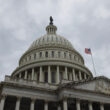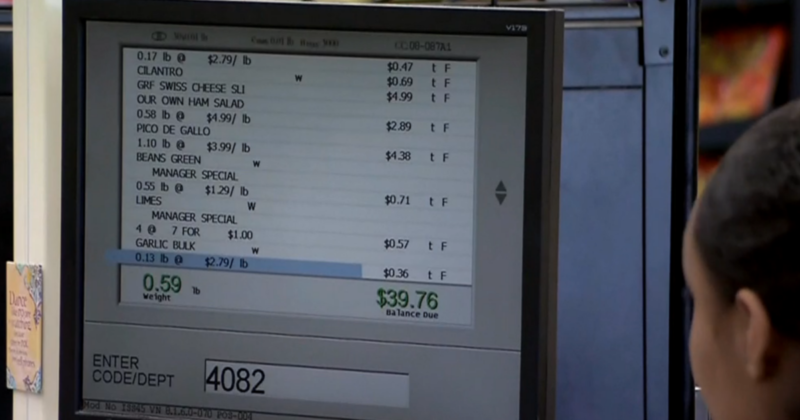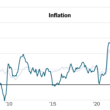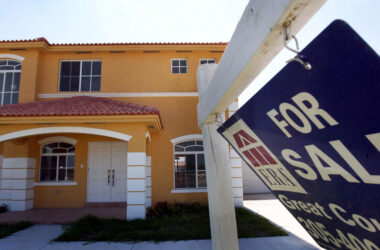Los Angeles — For Robin Line, the cool air in her South Los Angeles apartment building’s community room in is a welcome relief.
But her July electric bill still jumped 46%. Living on a fixed income, she can barely cover the basics.
“I have to choose, milk one week, eggs the next week, it’s very difficult,” Line told CBS News.
Running the air conditioning in the record heat is expected to drive energy costs up nearly 12% this summer, according to the National Energy Assistance Directors Association, a budget-buster for some families.
“There’s a lot of work that shows that poorer households do suffer a higher inflation rate,” said Rodney Ramcharan, a finance professor at the USC Marshall School of Business. “These people are feeling it somewhere around 5% to 6%.”
That’s because most of a low-income family’s budget goes to necessities, which are still rising. Rent has risen 8% over the last year, according to the U.S. Bureau of Labor Statistics. Over the same period, groceries have risen 3.6%, and electricity has risen 3%.
There’s also new evidence people are using credit cards to cover bills. For the first time in the U.S., credit card debt has surpassed $1 trillion, according to a report this week from the Federal Reserve Bank of New York’s Center for Microeconomic Data.
“When we polled consumers that carry credit card balances about what was behind that, what caused it, emergency and unplanned expenses was the top answer, but even everyday expenses were about one in four,” said Greg McBride Chief Financial Analyst, Bankrate.com. “It’s a sign of financial strain.”
Paying bills with a credit card is not even an option for Line, who said she is “absolutely” already delinquent on at least one bill.
Inflation rose by an annual rate of 3.2% in July, according to numbers released Thursday by the Labor Department. While it marked the first increase in inflation after 12 straight months of disinflation, it was still significantly down from July of 2022, when annual inflation hit a staggering 8.5%.








